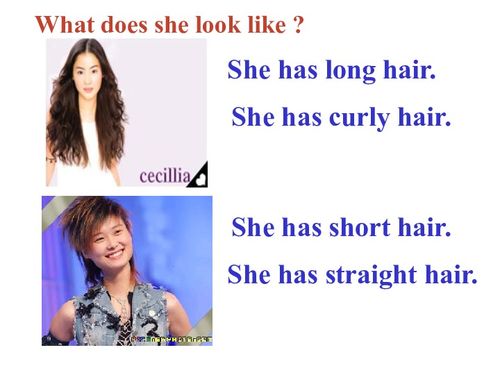What Do Lice Bites Look Like?
Lice bites can be quite unsettling, especially when you’re not sure what you’re dealing with. Understanding the appearance of lice bites can help you identify an infestation early and take appropriate measures to treat it. In this detailed guide, we’ll explore the various aspects of lice bites, including their appearance, symptoms, and how to differentiate them from other skin conditions.
Appearance of Lice Bites
 Lice bites typically appear as small, red bumps on the skin. These bumps are often found in clusters and can be scattered across the scalp, neck, ears, and behind the ears. The bites may be itchy, and scratching can lead to further irritation and inflammation.
Lice bites typically appear as small, red bumps on the skin. These bumps are often found in clusters and can be scattered across the scalp, neck, ears, and behind the ears. The bites may be itchy, and scratching can lead to further irritation and inflammation.
Here are some key characteristics of lice bites:
- Small, Red Bumps: Lice bites are usually small, red, and may appear as a cluster of bumps.
- Itching: The most common symptom of lice bites is intense itching, which can be severe and persistent.
- Scattered Pattern: Lice bites are often found in a scattered pattern, rather than in a straight line.
- Redness and Swelling: In some cases, the bites may become red and swollen, especially if they are scratched or become infected.
How to Identify Lice Bites
 Identifying lice bites can be challenging, as they can resemble other skin conditions. Here are some tips to help you differentiate lice bites from other similar conditions:
Identifying lice bites can be challenging, as they can resemble other skin conditions. Here are some tips to help you differentiate lice bites from other similar conditions:
1. Look for the Itching:
The most distinctive feature of lice bites is the intense itching. If you’re experiencing severe itching, especially in areas where lice are commonly found, it’s a good indication that you may have lice bites.
2. Observe the Pattern:
Lice bites typically appear in a scattered pattern, rather than in a straight line. This can help differentiate them from other skin conditions, such as hives or eczema, which often have a more uniform appearance.
3. Check for Lice or Nits:
Inspect your hair and scalp for lice or nits (lice eggs). Lice are small, wingless insects that can be seen with the naked eye, while nits are tiny, yellow or tan eggs that are glued to the hair shaft. Finding lice or nits is a clear sign of a lice infestation.
Table: Comparison of Lice Bites and Other Skin Conditions

| Feature | Lice Bites | Hives | Eczema |
|---|---|---|---|
| Appearance | Small, red bumps in a scattered pattern | Itchy, raised welts | Red, scaly patches |
| Itching | Severe, persistent itching | Itchy | Itchy, especially in dry conditions |
| Location | Scalp, neck, ears, behind ears | Anywhere on the body | Anywhere on the body |
| Lice or Nits | Yes | No | No |
How to Treat Lice Bites
Treating lice bites involves both addressing the symptoms and eliminating the lice infestation. Here are some steps you can take to treat lice bites:
1. Use Over-the-Counter Treatments:
Over-the-counter lice shampoos and treatments can help alleviate the itching and kill lice. Follow the instructions on the product carefully and repeat the treatment as directed.
2. Apply Calming Ointments:
Calming ointments, such as hydrocortisone cream, can help reduce inflammation and itching. Apply the ointment to the affected areas as needed.
3. Keep the Scalp Clean:
Regularly washing your hair with a gentle shampoo can help remove lice and nits. Use a fine-toothed comb to remove any remaining nits from the





